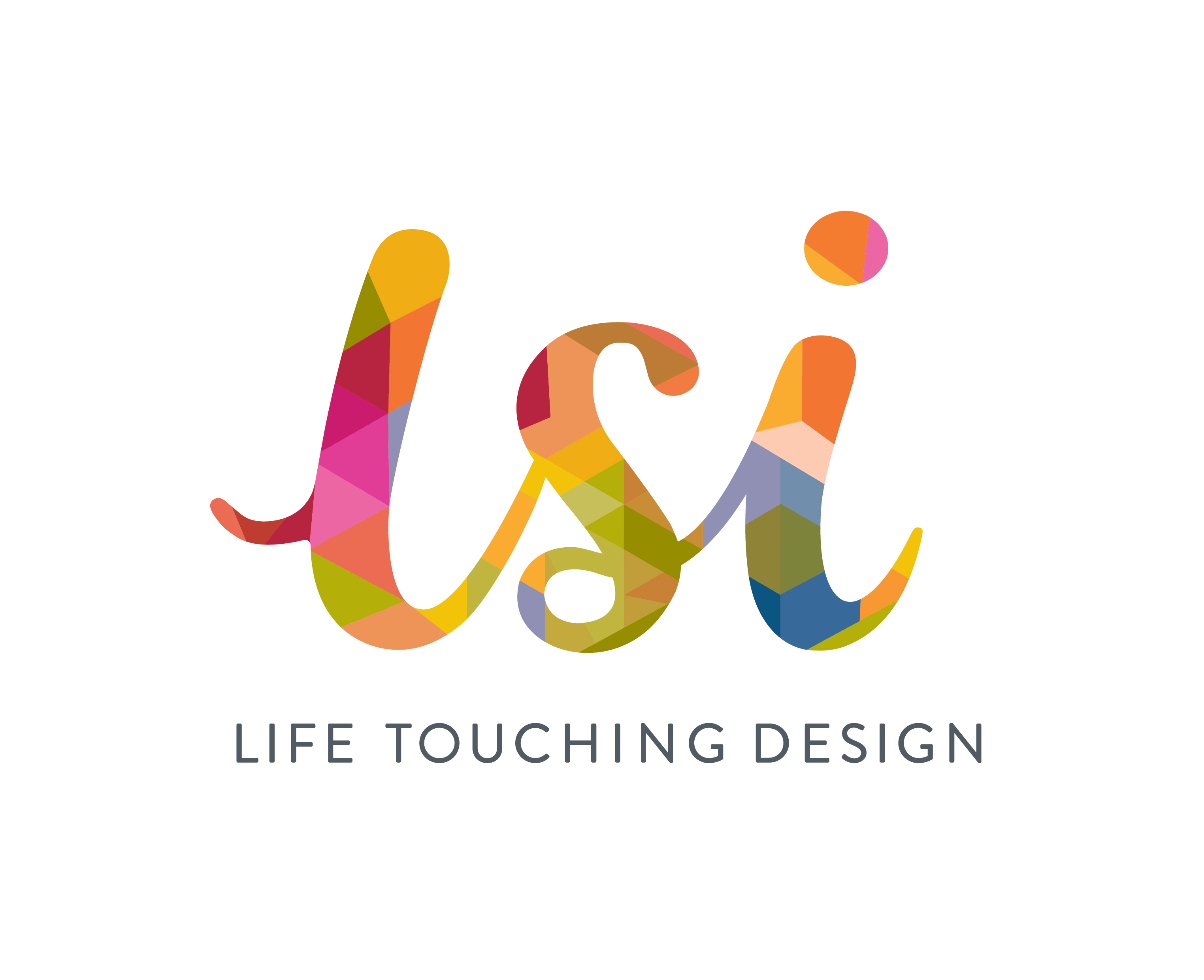The unit, which has been designed by LSI Architects, has been refurbished in line with the latest standards of patient care, including improved fire safety, a new ventilation system and air conditioning.
Importantly, the project included the vital work to put the necessary failsafes’ in place in the unit, as part of the organisation’s rolling programme of work to maximise safety in RAAC (Reinforced Autoclaved Aerated Concrete) areas of the QEH.
The design responds to the four different levels of care required in a NICU department, defined within Health Technical Memorandum (HTM) 09-03, each with different requirements in terms of space and services.
A curved staff reception desk sits at the centre of the unit with the provision of glazed screens into each of the cot rooms to improve passive supervision and the ability of the staff to interact with and oversee the unit from a central base as well as to filter more natural light into the rooms. A separate, safe space allows parents to briefly step away and have a breather or meet away from the baby’s side in privacy and hold an informal conversation, or even for staff and the families themselves.
Services have been carefully co-ordinated to meet all necessary requirements but also to retain as much of the existing natural light as we possibly could, which has been of real benefit to the scheme.
Tiles that mimic blue skies in the combined cot room also add a level of relief in what is a landlocked room.
Amanda Price-Davey is Head of Nursing and Midwifery for the division of Women and Children at Queen Elizabeth Hospital King’s Lynn NHS Foundation Trust. She said: “We’re delighted that our new NICU meets the latest standards of patient care, and the work to install failsafes in the unit is obviously a vital element to maximising safety across the hospital.
“There are some significant benefits for our parents and babies too, including wider access to allow new mothers who are not well enough to easily mobilise to come across to the unit on their hospital bed, to spend time with their baby.”
Matthew Reeve, Architect at LSI Architects, commented: “We wanted to ensure that the design made the unit a more pleasant environment to be in, particularly for those parents who are in the department for extended periods of time and for staff who are working within the unit too. For this, we have been very careful in our consideration of finishes, materials and colour palette and again looked for any opportunity to introduce natural light.
Through the client engagement process we were able to understand more about how Neonatal care is provided so that we could better understand where our attention as designers should be focused. The result of this is a unit that supports the staff in providing such important care.
We know that parents within the unit are very likely to be experiencing a high level of stress and experiencing peaks and troughs in emotions and so delivering a calm environment to do what we can to help parents in that situation was important to us.” A new maternity bereavement suite, also designed by LSI Architects, has also been completed at the Hospital.
The Butterfly Suite at the Queen Elizabeth Hospital (QEH) in Kings Lynn offers a dedicated space to support parents who have experienced the loss of their baby, either during pregnancy or shortly after birth.
The new suite opened in July and is now located away from the main maternity unit to provide bereaved parents with space away from the place where other parents will be in labour or giving birth. The design provides a visual difference from a maternity ward to allow for these experiences to sit separately.
A quiet and private area will enable parents to create precious memories with their baby, or grieve their loss, in a safe and comfortable environment. The suite comprises of a living area, kitchenette, bedroom, nursery, and en-suite, all in a dedicated space whilst still remaining close to the department to allow immediate response and care from staff.
The suite has been designed to allow the clinical elements to disappear into the background as much as possible. A bespoke folding bed allows for medical equipment and supplies to be hidden away when not in use so that a more homely aesthetic could take precedent.
Natural finishes and colour, including artwork inspired by nature on feature walls, have been incorporated into the scheme. The project was funded through the generous support of the local community and the Trust’s own QEH Charity, raising a combined £250,000.





